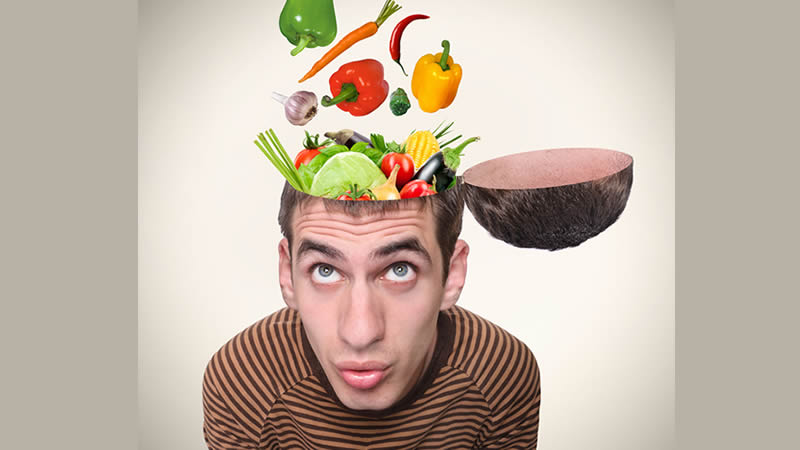
So you may be wondering about Free radicals, antioxidants and ageing. How are they linked? Let’s first understand that “Oxidative stress is an imbalance of free radicals and antioxidants in the body. Having too many free radicals leads to cell and tissue damage. Oxidative stress occurs naturally and plays a role in the aging process.” Ref.
Free radicals and antioxidants have become commonly used terms in modern discussions of disease mechanisms. Ref. The reason is free radicals antioxidants and ageing are all linked.
Oxidative stress is now thought to make a significant contribution to all inflammatory diseases (arthritis, vasculitis, glomerulonephritis, lupus erythematous, adult respiratory diseases syndrome), ischemic diseases (heart diseases, stroke, intestinal ischema), hemochromatosis, acquired immunodeficiency syndrome, emphysema, organ transplantation, gastric ulcers, hypertension and preeclampsia, neurological disorder (Alzheimer’s disease, Parkinson’s disease, muscular dystrophy), alcoholism, smoking-related diseases, and many others. Ref
DNA is considered as a major target of oxidative stress, especially in aging and cancer. Therefore it is important to protect our DNA from this damage.
How are free radicals created?
“The process of oxidation in the human body damages cell membranes and other structures, including DNA. When oxygen is metabolised by the body, it creates unstable molecules called ‘free radicals’. Free radicals steal electrons from other molecules, causing damage to DNA and other cells.”
Ref
Where do free radicals come from?
Free radicals and other ROS (Reactive oxygen species) are derived either from normal essential metabolic processes in the human body or from external sources (outside the body).
At a young age, the body can cope better free radicals. However, as we age the damage gets worse and an overload of free radicals occurs over time which leads to certain diseases. Diseases such as heart disease, liver disease and some cancers (such as oral, oesophageal, stomach and bowel cancers) are linked to free radical damage. Ref
As previously mentioned, free radical damage can be generated via internal or external sources.
Some internally generated sources of free radicals are:
- Mitochondria
- Xanthine oxidase
- Peroxisomes
- Inflammation
- Phagocytosis
- Arachidonate pathways
- Exercise
- Ischemia/reperfusion injury Ref
Some externally generated sources of free radicals are:
- Cigarette smoke
- Environmental pollutants
- Radiation
- Certain drugs, pesticides
- Industrial solvents
Both internal and external sources accelerate cellular stress causing oxidation which results in free damage. This ultimately leads to accelerated aging. So what can we do about it?
Antioxidants to the rescue
An antioxidant is a molecule stable enough to donate an electron to a rampaging free radical and neutralize it, thus reducing its capacity to damage. These antioxidants delay or stop cell damage. There job is to clean up the free radicals, which is why there are referred to as free radical scavengers.
Antioxidants are found in certain foods and may prevent some of the damage caused by free radicals. Nutrient antioxidants may come as a surprise these are certain vitamins and minerals. These include vitamin A, C and E, and the minerals copper, zinc and selenium. Ref.
Other dietary food compounds include phytochemicals in plants. These are believed to have greater antioxidant effects than vitamins or minerals. It may also explain why plant-based diets are so popular. Furthermore, these types of foods are predominant in an anti-inflammatory diet.
Phytochemicals (Polyphenols) are called the non-nutrient antioxidants. These include lycopenes in tomatoes and anthocyanins found in cranberries. There are many others. Ref
Some of such antioxidants, including glutathione, ubiquinol, and uric acid, are produced during normal metabolism in the body. Ref.
The principle micronutrient (vitamins) antioxidants are vitamin E (α-tocopherol), vitamin C (ascorbic acid), and B-carotene. The body cannot manufacture these micronutrients, so they must be supplied in the diet. Ref.
Molecular hydrogen is just now becoming very popular. It has many health benefits.
Whilst it cannot replace the function of antioxidants in foods it can play a crucial role in supporting inflammation, supporting many diseases and importantly, help to slow aging.
Hydrogen is smallest molecule in the world and is classified as a powerful antioxidant.
What gets rid of more free radicals: Vitamin C or molecular hydrogen?
“Based on stoichiometry, one molecule of vitamin C can theoretically neutralize two free radicals, which is the same for molecular hydrogen.
Drinking one liter of hydrogen-rich water at a concentration of 1.4 ppm, would provide you about the same number of “antioxidant molecules” (hydrogen gas), as ingesting 100 mg of “antioxidant molecules” (vitamin C).”
Ref
Vitamin C can provide some benefits that molecular hydrogen cannot. This reinforces the message that it is good to have both.
How are plant-based antioxidants found in foods similar to molecular hydrogen?
- They are both natural to the body.
- They are both neither artificial nor synthetic.
- They are both potential keys to longevity.
- They both promote health and wellness.
How is molecular hydrogen different from antioxidants in foods?
Molecular hydrogen only scavenges the bad free radicals and leaves waste product after neutralizing a free radical. It simply turns it back to water. H20.
Molecular hydrogen also increases our body’s own antioxidant systems. It also acts and signaling molecule, thus having many other benefits.
Molecular hydrogen is the smallest molecule, and can easily enter the cells.
Furthermore, it has no known toxic effects, even at high intakes. It can also be easily consumed with no additional calories. Ref
Summary of free radicals antioxidants and ageing
If you are looking for a way to combat free radicals you should include foods rich in antioxidants as discussed above. Free radical damage accelerates aging. Supplements may provide additional support. Two products I personally love that provide powerful antioxidant support are Body Shield and Eternity.
Sisel Eternity contains large amounts of Resveratrol. A powerful antioxidant. It also contains a potent energy blend made from Brazilian Cha-de-Bugre and grape skin, green tea, and green coffee bean extracts. In addition, a potent antioxidant blend of pomegranate, plum, and raspberry concentrates has also been added.
Body Shield contains excellent cellular support. It contains organic fulvic acid, which is loaded with fulvates and trace minerals. The fulvates in Body Shield are potent antioxidant super-scavengers.
Finally it is clear molecular hydrogen can have many benefits. I personally love Sisel’s H2 (Hydrogen) Stix. This product infuses water with diatomic hydrogen. Simply add to a bottle of water and shake. Wait 10-15 minutes then drink. This product can provide powerful support for your body in the fight against free radicals.
Ultimately, the best place to start is with your diet. Include antioxidant-rich foods, such as vegetables and fruits.
Last Updated on March 27, 2023 by Katie Sisel Distributor
